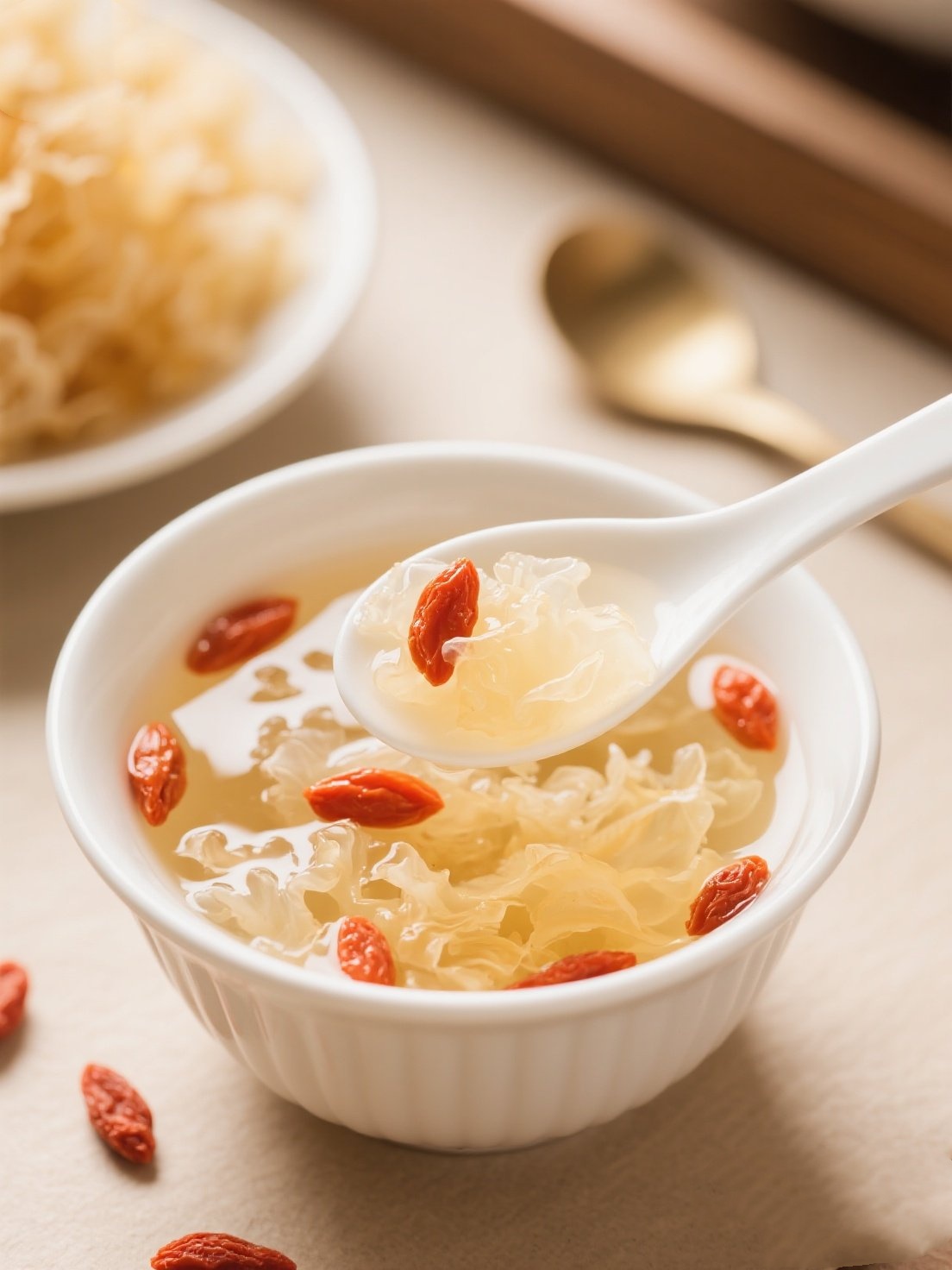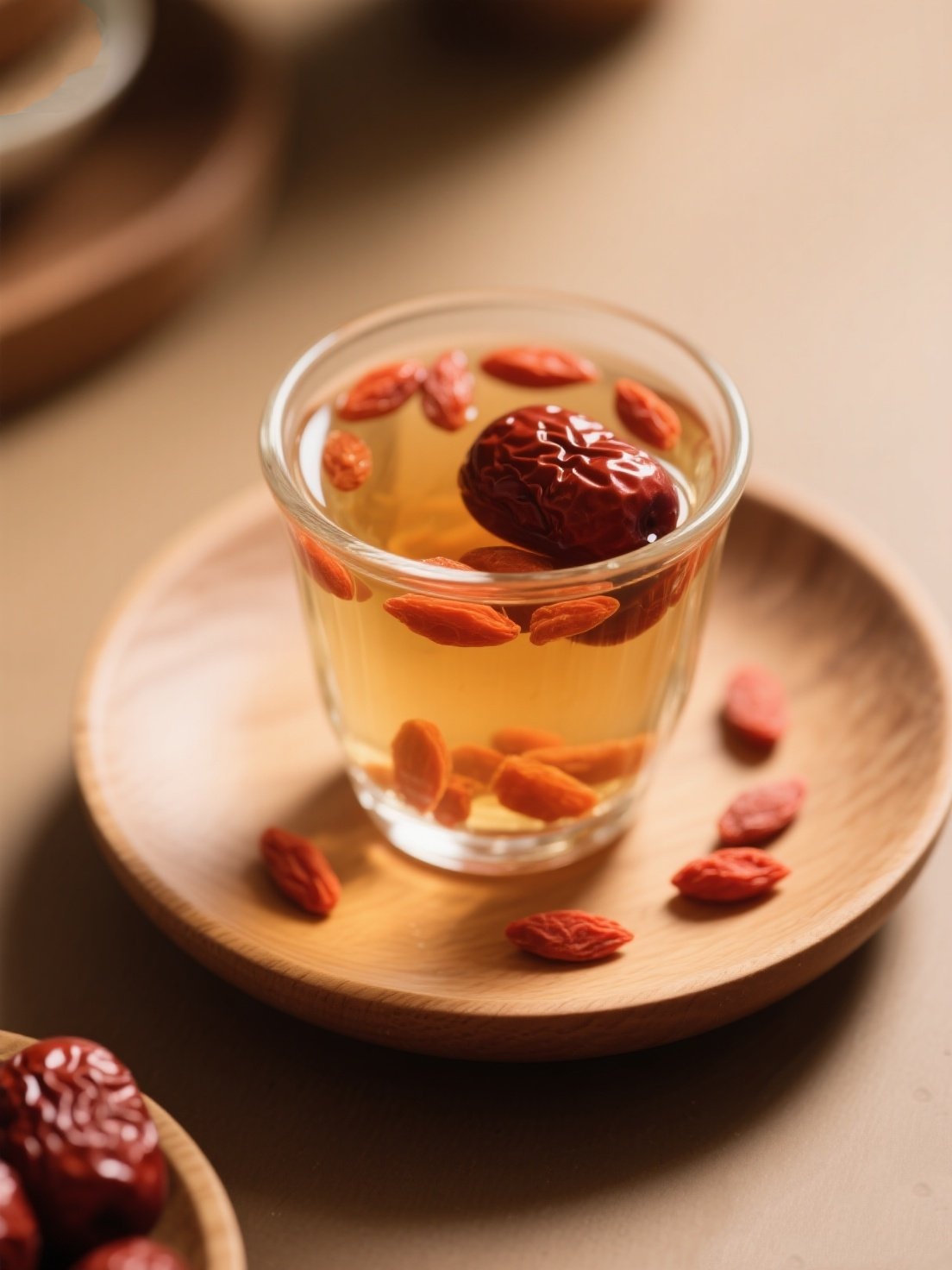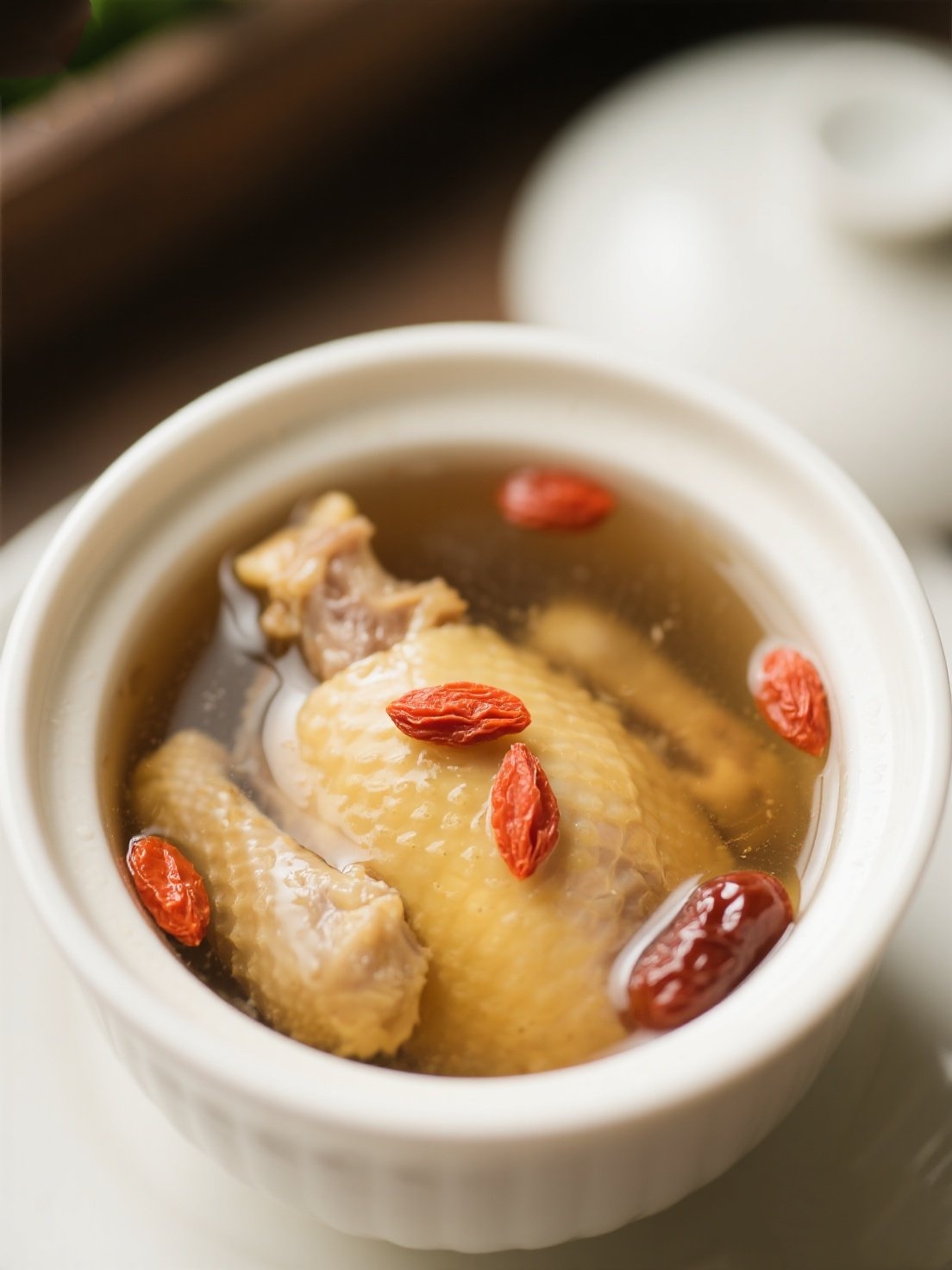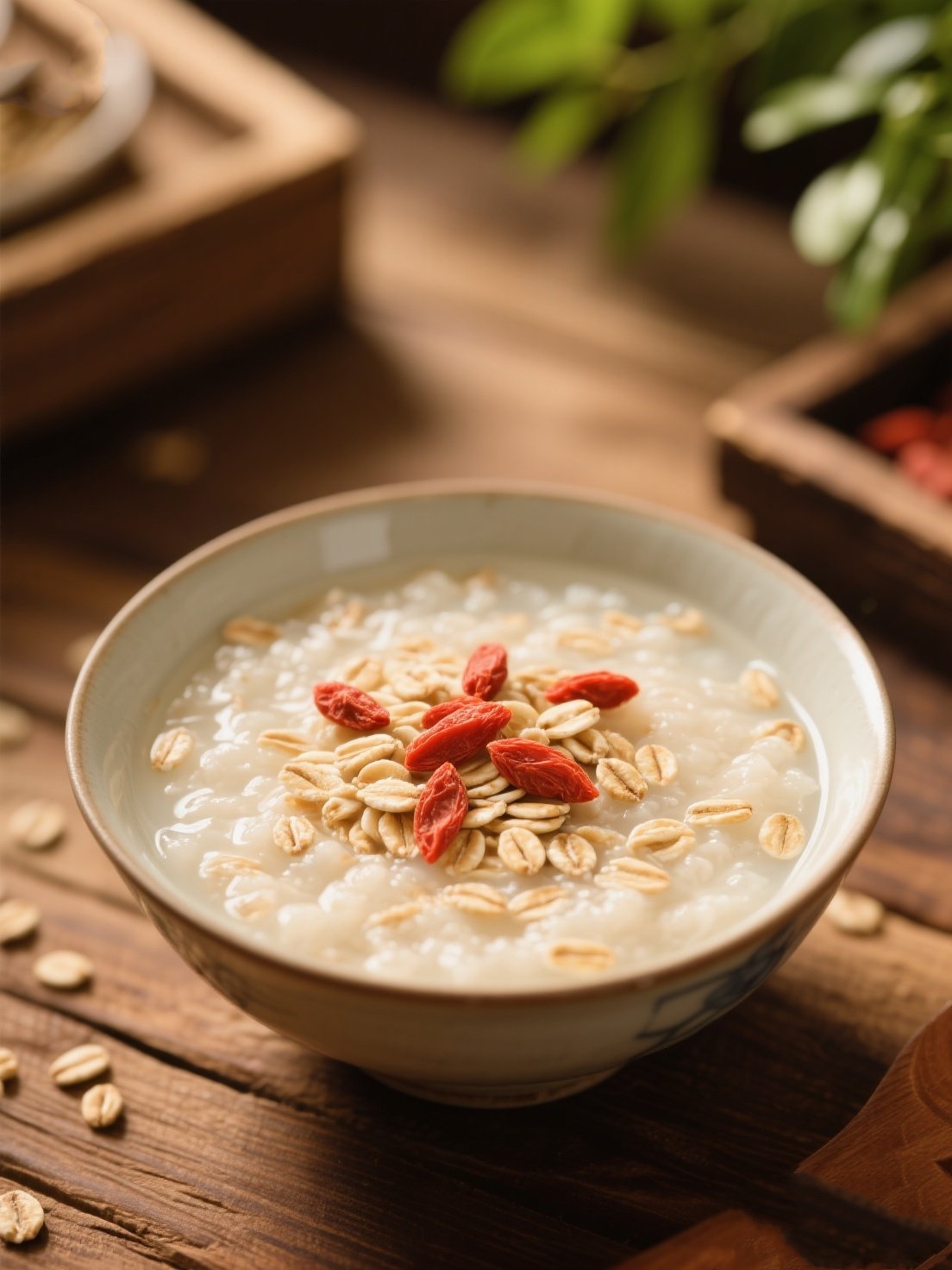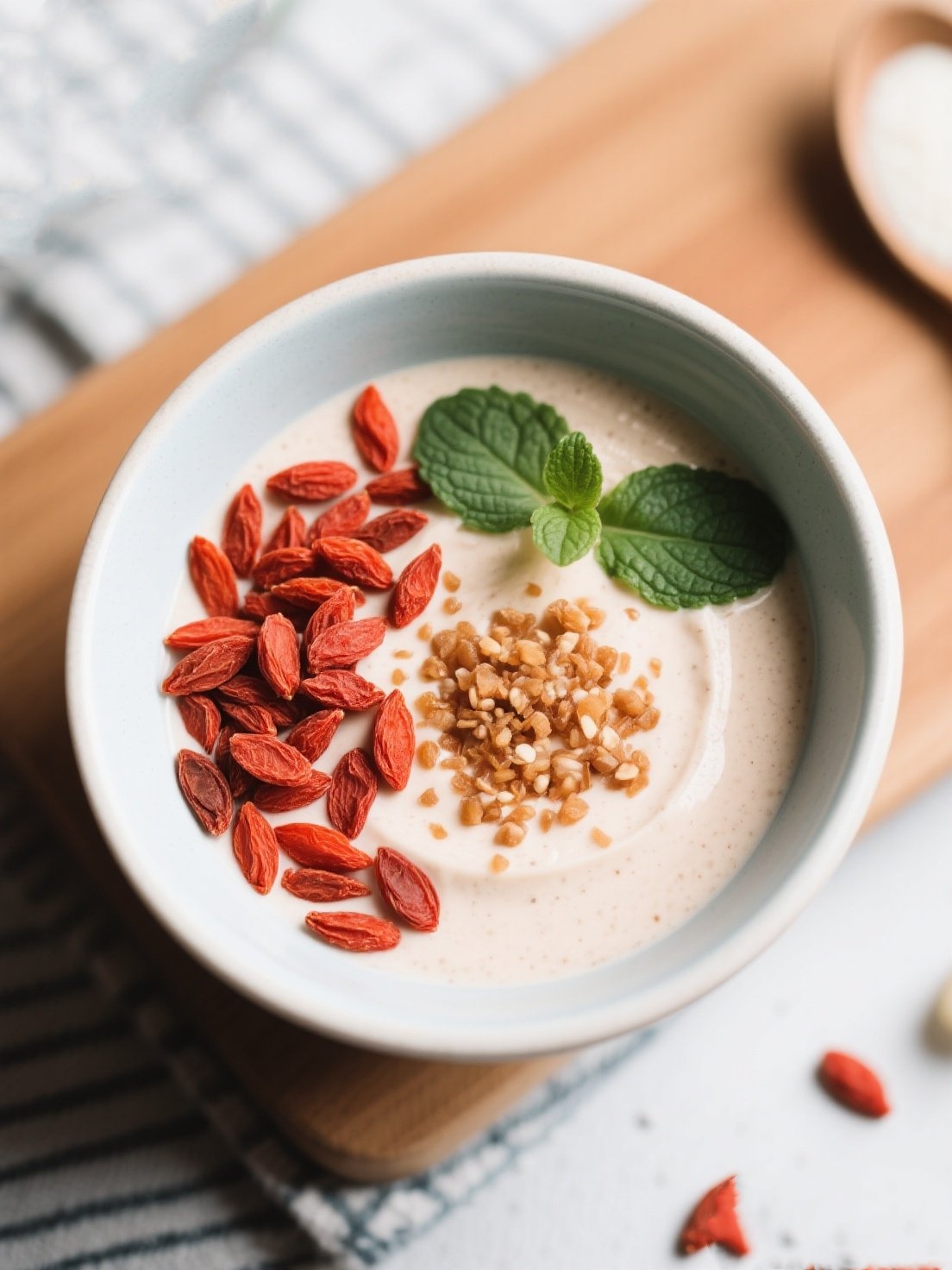Nutrition & Health Benefits of Goji Berries
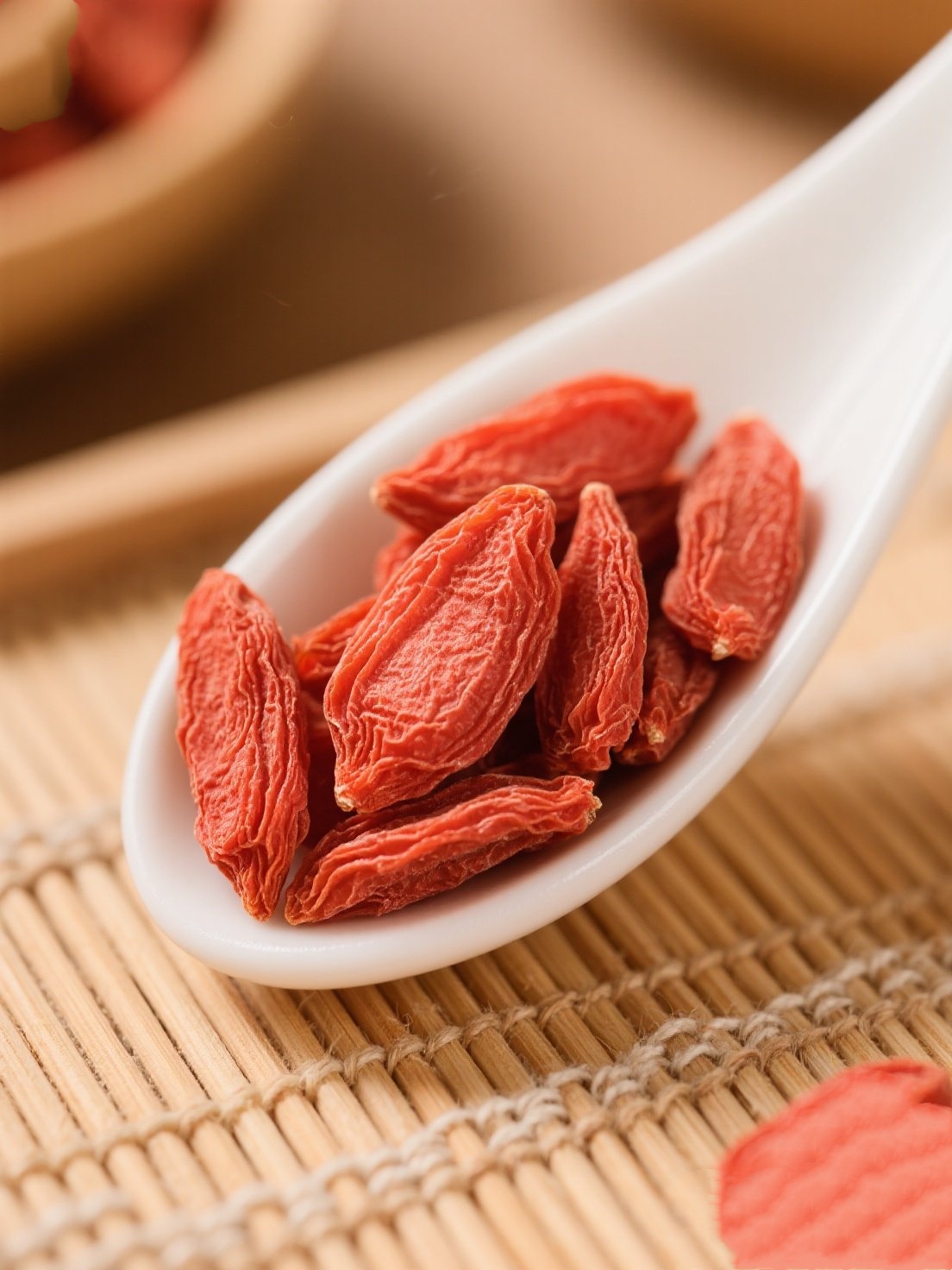
Nutrition Profile
- Goji polysaccharides: the main active ingredient, with antioxidant, anti‑aging, and immunity‑boosting effects.
- Carotenoids: including β‑carotene and zeaxanthin, especially beneficial for eye health.
- Vitamin C: over three times the amount found in oranges, supporting collagen synthesis and immunity.
- Amino acids: contains 18 amino acids, including all eight essential ones.
- Minerals: rich in zinc, iron, calcium, selenium, supporting various physiological functions.
Health Benefits
- ✔ Eye care: Zeaxanthin helps protect the retina and prevent macular degeneration.
- ✔ Enhanced immunity: Polysaccharides activate immune cells and raise resistance.
- ✔ Antioxidant: Neutralizes free radicals to slow aging.
- ✔ Liver support: Aids in repairing liver cells and improving liver function.
- ✔ Blood sugar regulation: Helps stabilize blood sugar, suitable in moderation for diabetics.
Usage tip: 10–30 g per day is recommended. Consume directly, steep in water, or add to dishes. Reduce intake if you have a hot constitution.
Goji Berry Growing Guide (Timeline Format)
1
Variety Selection & Seedling Growth
- Varieties: Ningxia goji, black goji, etc.—choose based on local climate.
- Seedling propagation: by seed or cuttings, best in spring.
2
Soil Preparation
- Soil: loose, fertile sandy loam with good drainage.
- pH: slightly alkaline at 7.5–8.5.
- Tilling: 30–40 cm deep and apply base fertilizer thoroughly.
3
Planting Method
- Timing: spring (Mar–Apr) or autumn (Oct–Nov).
- Spacing: 1.5 m × 2 m spacing, about 200 plants per mu.
- Depth: allow roots to spread, tamp soil, then water thoroughly.
4
Routine Management
- Watering: keep soil moist but not waterlogged.
- Fertilization: top-dress nitrogen in spring, phosphorus and potassium during flowering/fruiting.
- Pruning: in winter remove old, weak, or diseased branches to improve airflow and light penetration.
5
Pest & Disease Control
- Diseases: powdery mildew, root rot—ensure drainage and ventilation.
- Pests: aphids, goji mite—use biopesticides to control.
6
Harvesting & Processing
- Harvest: batch-pick ripe fruit from June to October.
- Drying: air-dry in shade or low-heat dry, avoid direct sun.
- Storage: keep sealed and dry to prevent moisture and pests.
Pro tip: Goji berries are perennial; fruit heavily after 3 years and can remain productive for 15–20 years.
Summary workflow: Select → Grow seedlings → Prepare soil → Plant → Manage → Protect → Harvest & process
Goji Berry Growing Tutorial Video
Watch the full process from seedling to harvest and learn practical tips for home cultivation.
Selected Goji Berry Recipes
Explore delicious ways to use goji berries, from traditional medicinal dishes to modern creative cuisine.
Click images to view full recipes!
Goji Berry Recipe Video Tutorials
Learn how to make goji-based dishes, from traditional wellness teas to modern creative desserts.
